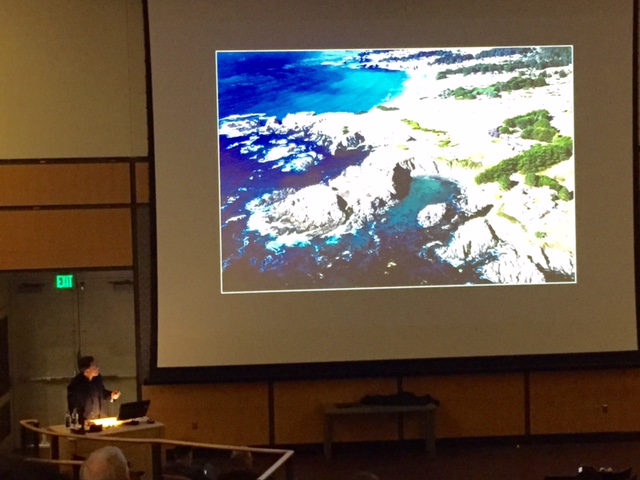
On Wednesday I had the pleasure of attending a lecture as part of the Dean’s Distinguished Lecture Series from the College of Built Environments. The speaker was world renowned architect James Cheng, who has helped to shape the skyine of Vancouver, B.C., and the outlying areas. Cheng takes a humanized approach to architecture, often asking how people will interact in spaces, which in my opinion is part of what makes him such an incredible and influential designer and has enabled him to impact cities in huge ways.
As urban centers become denser, Cheng's design principles focus on preserving culture, creating inviting spaces to foster change while maintaining a city’s integrity, and - most notably - the often forgotten link between architecture and nature. His preservation of culture is evident in his design of the Waiea 1118 Ala Moana project in Honolulu. The building is reflective of the native Hawaiians’ view of the importance of water in their culture, so the building façade is reminiscent of the moving ocean waves. Small details like these make huge impacts in shaping “thoughtful” spaces for people.
An interesting statistic included in the lecture was that the city of Vancouver is rapidly growing, yet car traffic in the urban core is decreasing each year by 17%. Mr. Cheng is working to create walkable cities with an abundance of green spaces and links to the outside world while designing buildings in a more “convenient” style, giving residents access to walking to work, the gym, grocery stores, etc.
Linking the natural world to urban areas is a major design feat in itself and Cheng has done this admirably! Above all, this lecture has made me appreciate the Vancouver skyline SO much more!